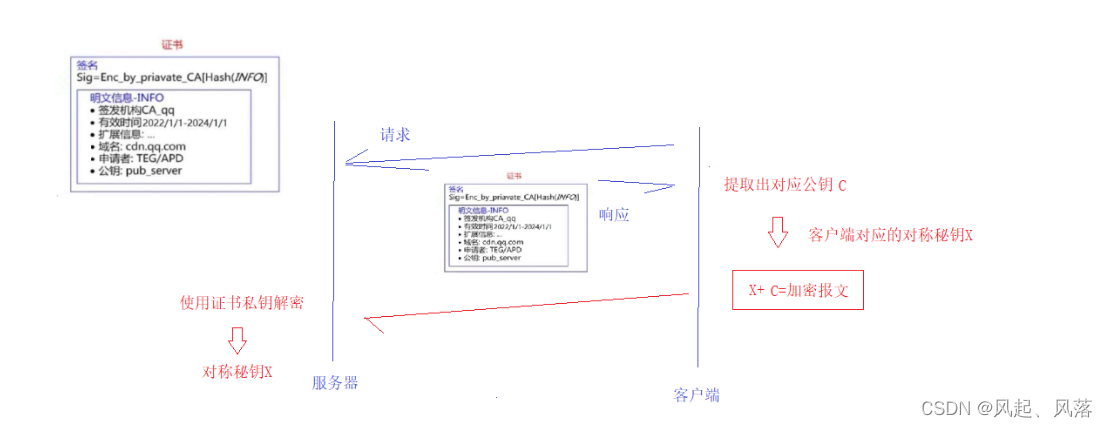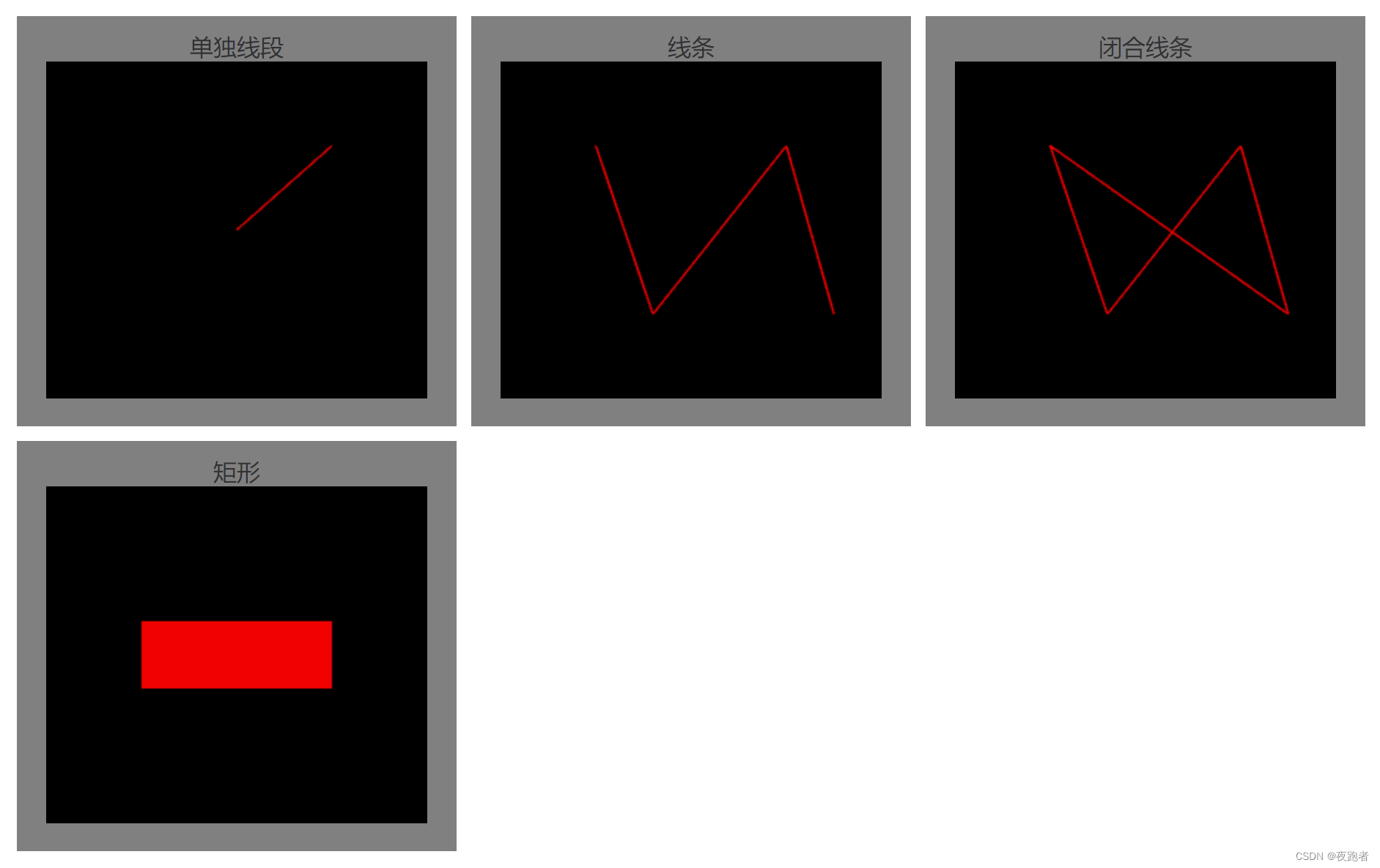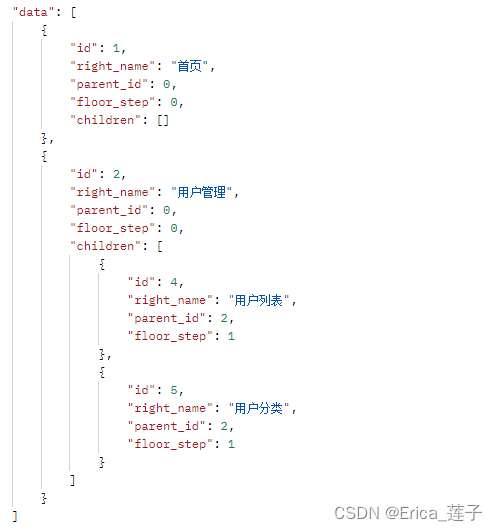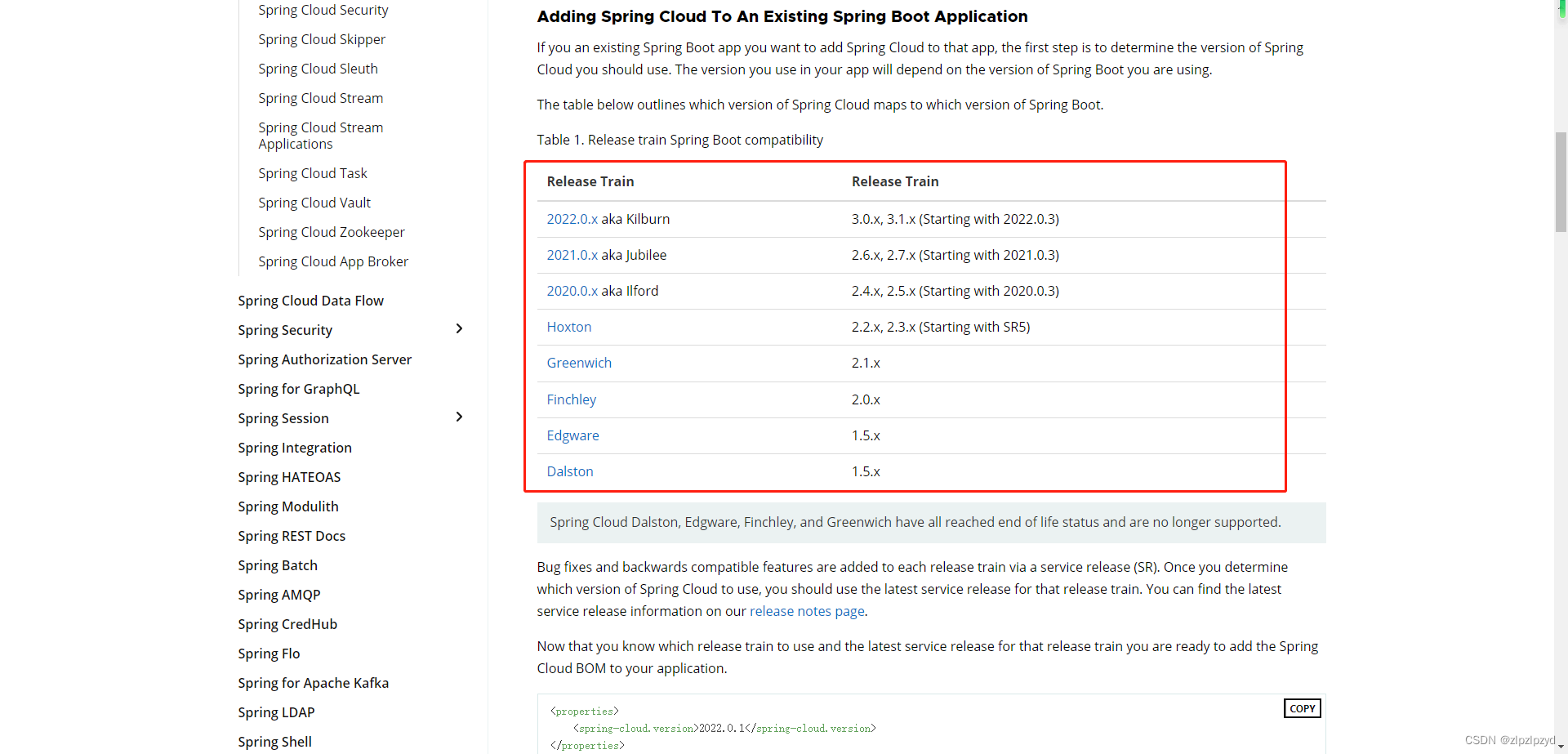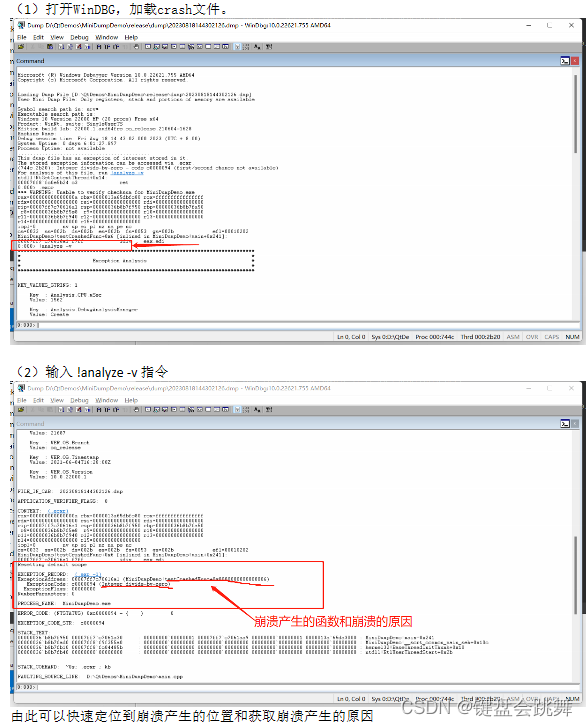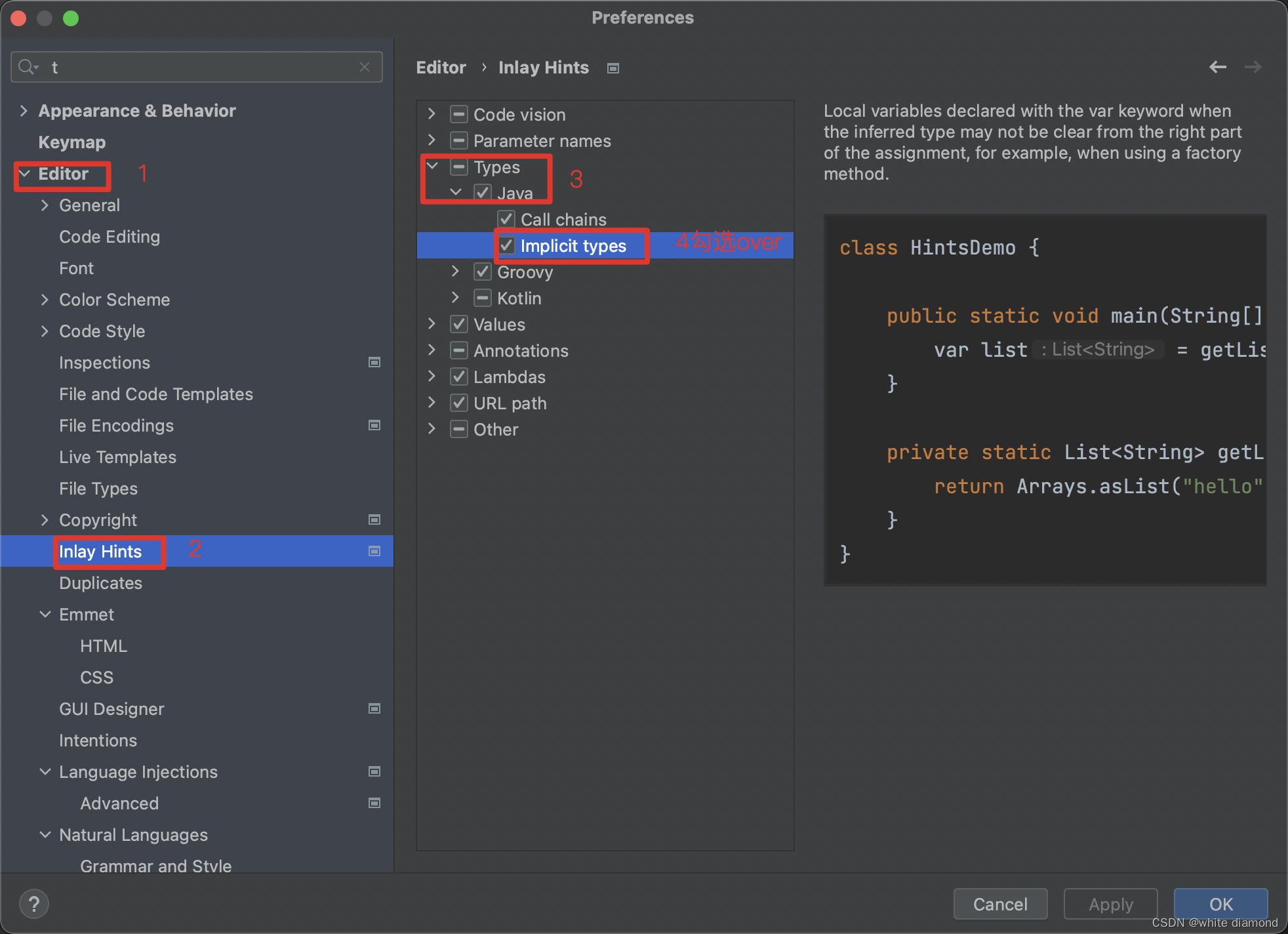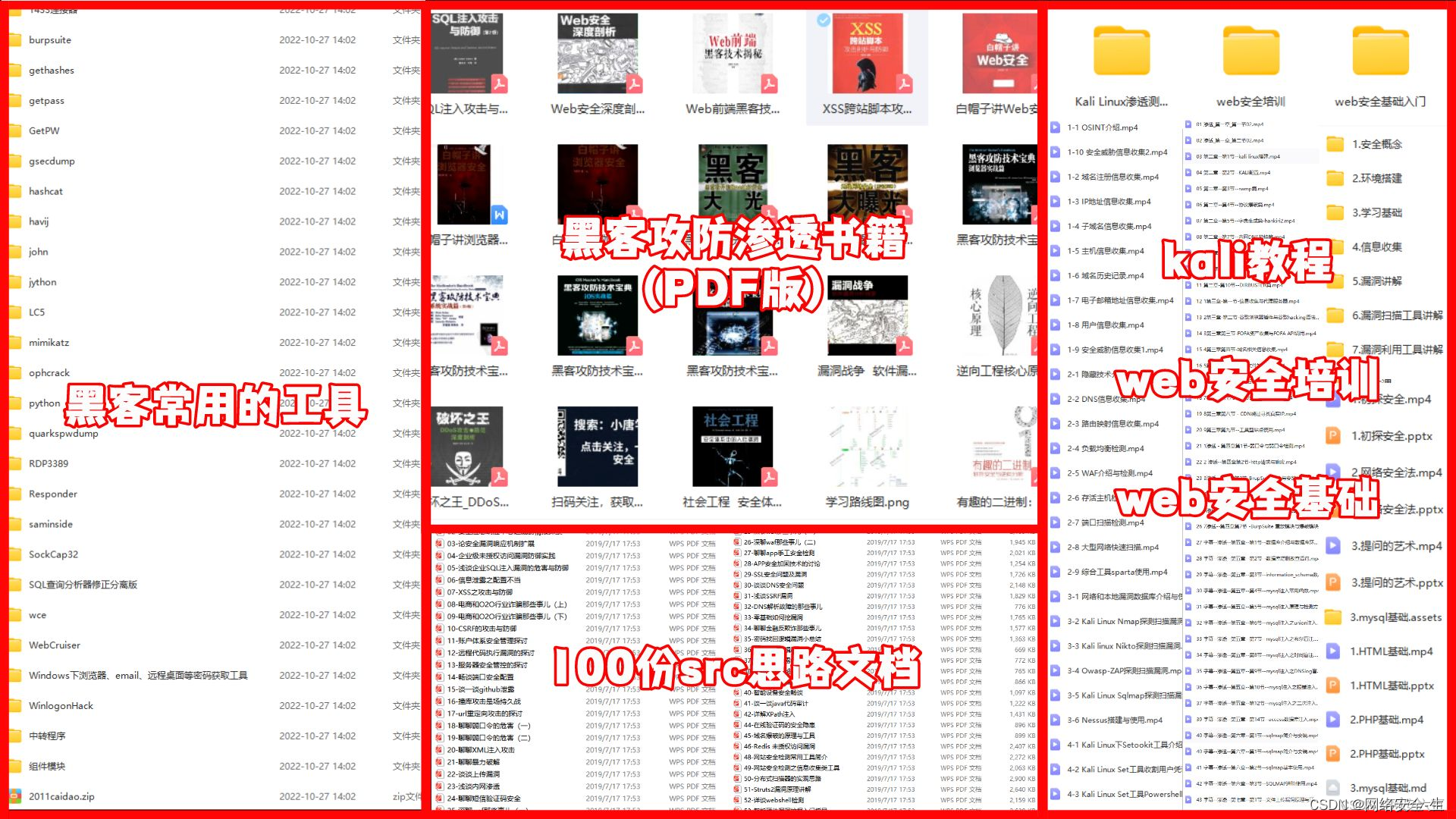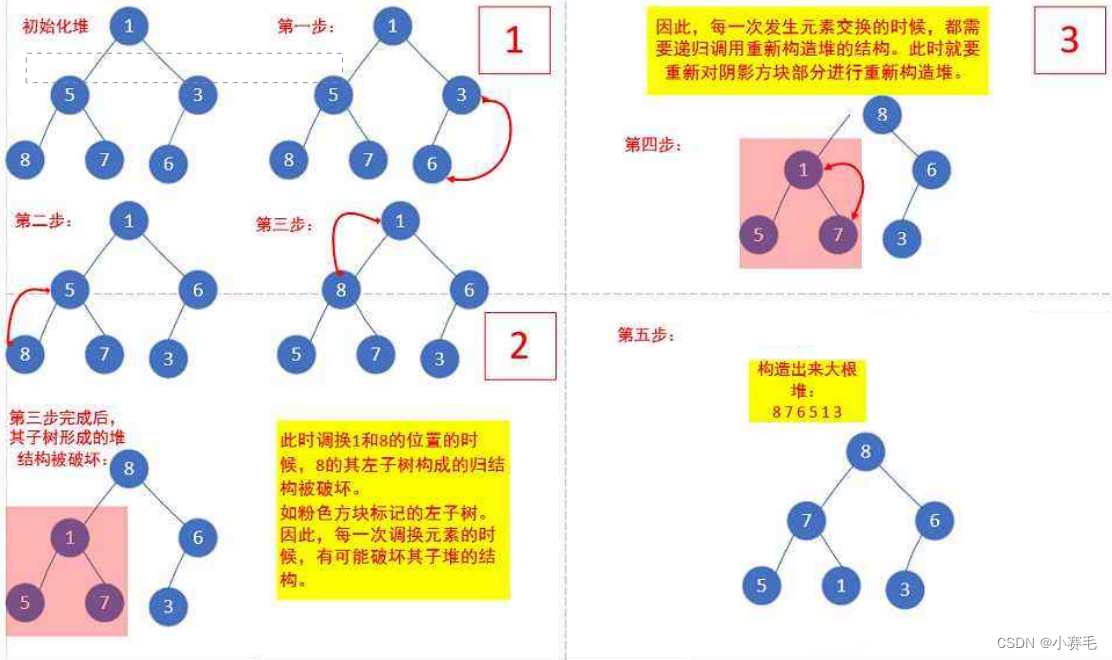MR源码解析
- new Job(): 读取本地文件, xml配置
- job.start(): 启动线程
- job的run():线程方法
- runTasks(): 传入对应的接口,启动map或者reduce
- MapTask类的run(): 设置map阶段的参数,初始化任务,创建上下文对象
- 创建读取器LineRecordReader
- 判断是否压缩 compressFactory
- 如果没有压缩,使用seek方法
- mapTask的write(),进行溢写
- mapper类的init()方法,设置溢写百分比和缓冲区大小
- collector收集器:进行map阶段数据类型检查和分数数量检查
- keySerializer: 进行数据的序列化,调用自己写的bean对象
- kvmeta.put(): 写入环形缓冲区
- mapPhase结束
- 数据量达到缓冲区的80%,对索引进行快速排序
- input.close():关闭输入
- 关闭输出并同时将缓冲区数据按照分区写入磁盘。
- 如果开启了combine,进行数据合并
- mergePart:归并分区
- combine第二次合并,如果溢写次数小于3就不合并了
- collector.close():关闭环形缓冲区
- reduceTask的run方法
- submit: 5个reduce并行提交
- cLeanTask:初始化
- shuffle类:map的排序,recuce中的归并排序
- Merger合并器:两次归并排序,先内存归并,后磁盘归并
- 抓取数据:可以从本地或者网络中抓取
- sort :归并排序
- reduce阶段:
- 创建上下文对象
- 调用reducer的run方法
- real.write(): LineRecordWrite写入HDFS
使用MR来进行拷贝去重
- 拷贝:values写入上下文时需要迭代遍历
- 去重:values写入上下文时不遍历
使用MR来实现join操作
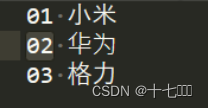

- 实现TableBean类,四个属性,空参构造器,get-set方法
- write():序列化
- out.writeUTF():该方法有换行,不会连在一起
- readFields(): 反序列化
- write():序列化
- 实现mapper类
- setup()
- 使用context上下文对象获取InputSplit类
- 强制类型转换为FileSplit类
- getPath().getName()获取文件名称
- map()
- 切分split
- 封装
- context写出
- setup()
public class TableMapper extends Mapper<LongWritable, Text, Text,TableBean> {
private String filename;
private Text outK;
private TableBean outV;
//初始化,每个文件开始一次maptask,并进行一次初始化
//获取到文件的名称
@Override
protected void setup(Mapper<LongWritable, Text, Text, TableBean>.Context context) throws IOException, InterruptedException {
//拿到切片信息
FileSplit split = (FileSplit) context.getInputSplit();
filename = split.getPath().getName();
outK = new Text();
outV = new TableBean();
}
@Override
protected void map(LongWritable key, Text value, Mapper<LongWritable, Text, Text, TableBean>.Context context) throws IOException, InterruptedException {
//1. 获取一行
String line = value.toString();
//2.判断是哪个文件的
if(filename.contains("order")){//处理的是订单表
String[] split = line.split("\t");
//封装
outK.set(split[1]);//pid作为key
outV.setId(split[0]);
outV.setPid(split[1]);
outV.setAmount(Integer.parseInt(split[2]));
outV.setTableName("order");
outV.setPname("");
}else{//处理的是商品表
String[] split = line.split(" ");
// System.out.println("=========> " + Arrays.toString(split)+" <=========");
// System.out.println("=========> " + split[1] +" <=========");
//封装
outK.set(split[0]);//pid作为key
outV.setId("");
outV.setPid(split[0]);
outV.setAmount(0);
outV.setTableName("pd");
outV.setPname(split[1]);
}
//写出
context.write(outK, outV);
}
}
- 实现reduce类
- 为了分辨map传递过来的数据是哪个表,给bean对象添加一个表名属性
- 在mapper类中给对应表的抓取过程中添加标记
- 在获取到value时不能直接使用等于号进行赋值,values是Iterable集合,比较特殊
- 属性赋值工具类
BeanUtils.copyProperties(dest, src);
public class TableReducer extends Reducer<Text, TableBean, TableBean, NullWritable> {
private ArrayList<TableBean> orderBeans;
private TableBean pdBean;
@Override
protected void setup(Reducer<Text, TableBean, TableBean, NullWritable>.Context context) throws IOException, InterruptedException {
//1.创建集合
orderBeans = new ArrayList<>();
pdBean = new TableBean();
}
@Override
protected void reduce(Text key, Iterable<TableBean> values, Reducer<Text, TableBean, TableBean, NullWritable>.Context context) throws IOException, InterruptedException {
orderBeans.clear();//清空集合
//2.遍历赋值
for (TableBean value : values) {
if ("order".equals(value.getTableName())) {
TableBean temp = new TableBean();
try {
BeanUtils.copyProperties(temp,value);
} catch (IllegalAccessException e) {
throw new RuntimeException(e);
} catch (InvocationTargetException e) {
throw new RuntimeException(e);
}
orderBeans.add(temp);
} else {//商品表
try {
BeanUtils.copyProperties(pdBean, value);
} catch (IllegalAccessException e) {
throw new RuntimeException(e);
} catch (InvocationTargetException e) {
throw new RuntimeException(e);
}
}
}
//循环遍历orderBeans,赋值pdname
for (TableBean orderBean : orderBeans) {
orderBean.setPname(pdBean.getPname());
context.write(orderBean,NullWritable.get());
}
}
}
总结:这种写法,在reduce阶段创建了对象和集合,这些方式都是比较消耗资源的,容易造成数据倾斜问题。
MR在环形缓冲区快排时倒排索引,反向溢写,会导致数据反向输出,类似栈结构的的先进后出。
